Habitat Restoration
Ecosystem Integrity through Interdisciplinary Coastal Engineering, Biologist and Dredging Expertise
Ecosystem Goods and Services provide the many life-sustaining benefits humans receive from nature, among these clean air and water, food security, and flood control.
An estimated USD 44 Trillion of economic value generation, more than half of the world’s total GDP, is dependent on nature and its services. According to the World Economic Forum’s most recent Global Risks Report, the scale and pace of biodiversity decline due to human activity makes it one of the top five risks currently – ahead of state collapse, terrorist attacks, and geophysical disasters.1
Fortunately, there exist opportunities and emerging technologies to restore and create habitat to mitigate these losses.
Lally LLC’s team of coastal, hydraulic and environmental engineers, dredging experts, fisheries biologists and aquatic scientists offers integrated services for the design, restoration and protection of marine and aquatic habitats.
From our offices in North America, Europe and the Caribbean, we perform;
- Field Investigations
- MetOcean Data Collection and Analysis
- Feasibility Studies and Alternatives Evaluation
- ADCP Wave / Current Data Acquisition
- Coastal Processes Modeling
- Geomorphological Assessment
- Shoreline Change Analysis
- Sediment Budget Calculations
- Borrow Source Identification
- Topographic, Surf Zone & Bathymetric Surveys
- Geotechnical Sampling and Testing
- Sediment Compatibility Analysis
- Site Selection
- Slope Stability Analysis
- Climate Change Adaptation
- Biological Evaluations
- Fish and Habitat Studies
- Dune Restoration
- Vegetation Studies
- Wetland Engineering
- Fill Template Design
- Consolidation Modeling
- Nature-based Solutions
- Integrated Remediation and Ecosystem Restoration
- Contract Plans and Specifications
- Stakeholder Engagement
- Environmental Permitting
- Procurement Support
- Project Management
- Construction Oversight
- Environmental Monitoring
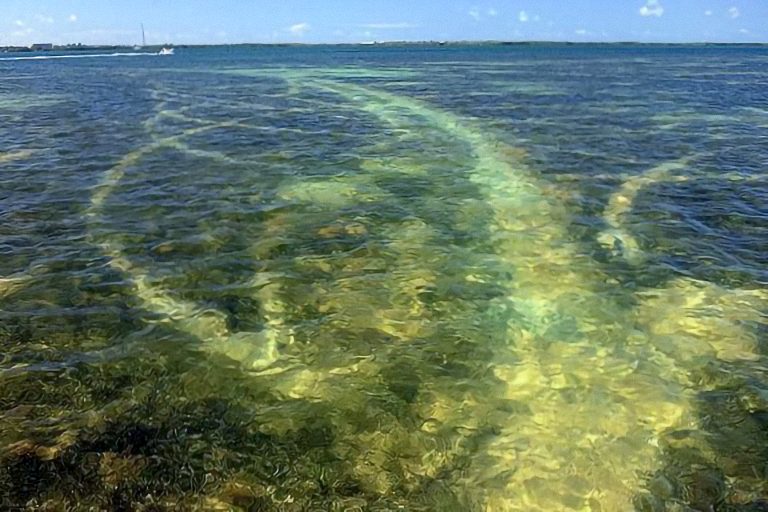
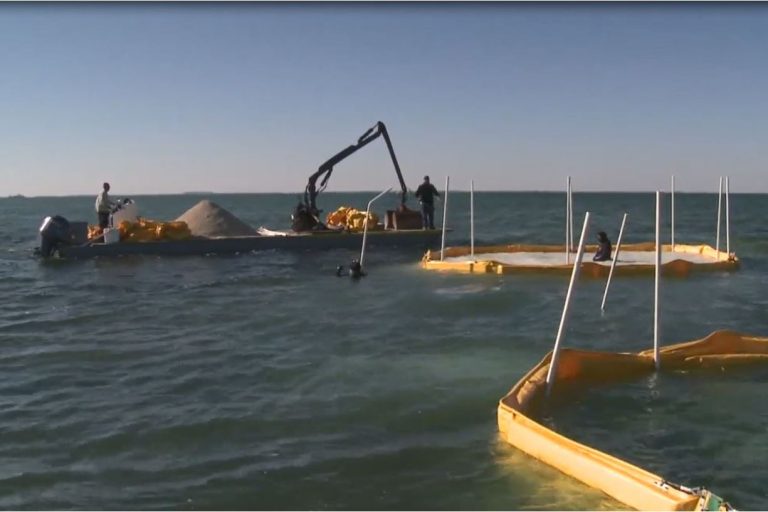
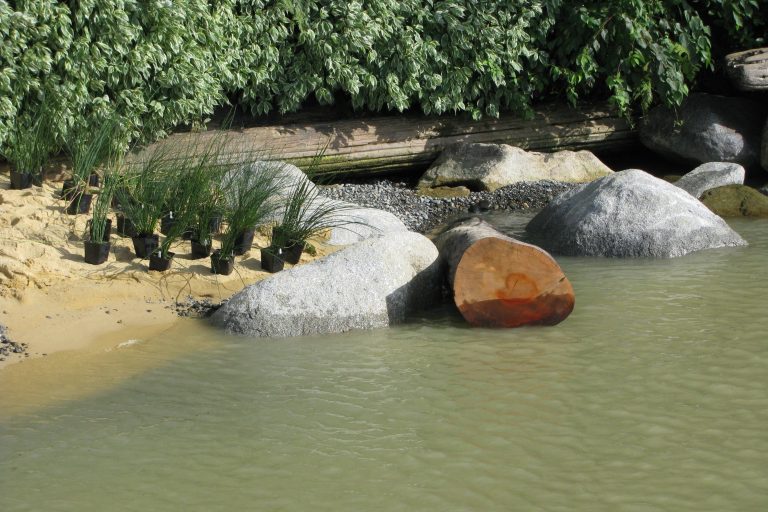
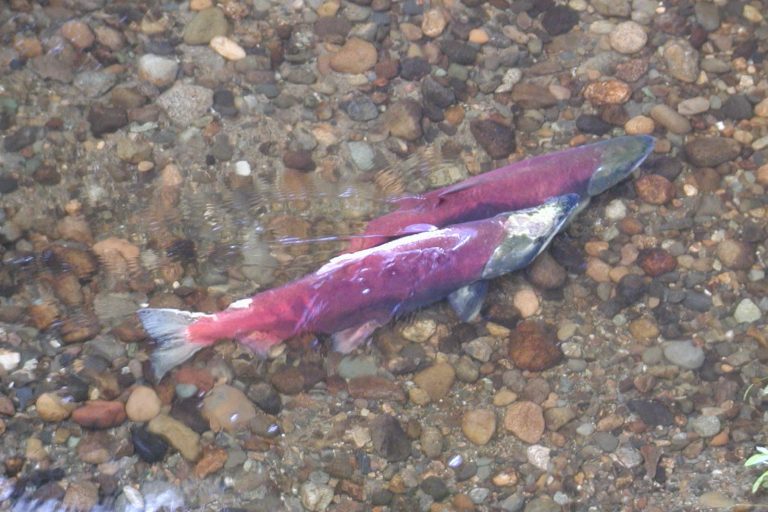
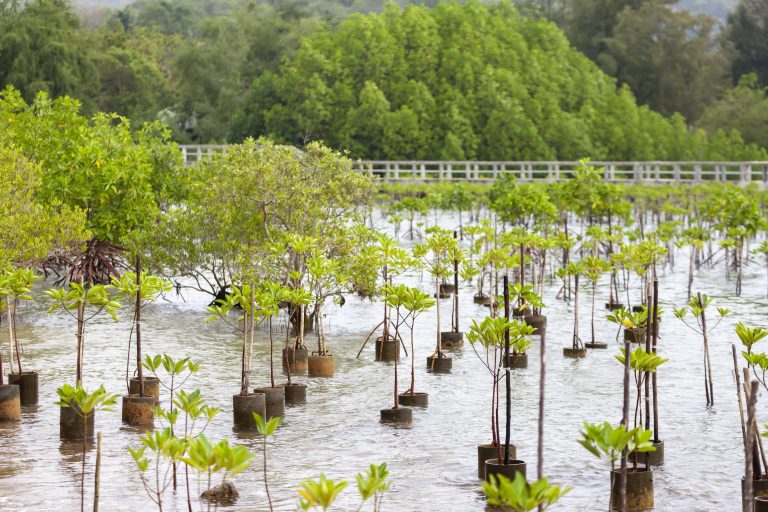

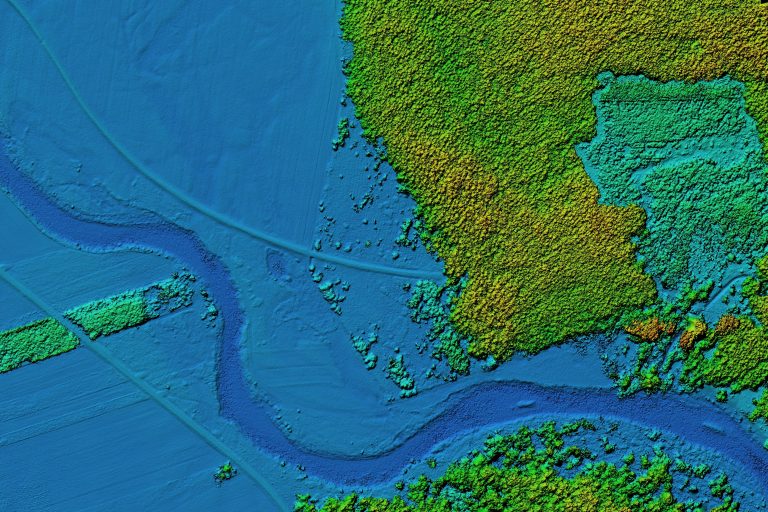

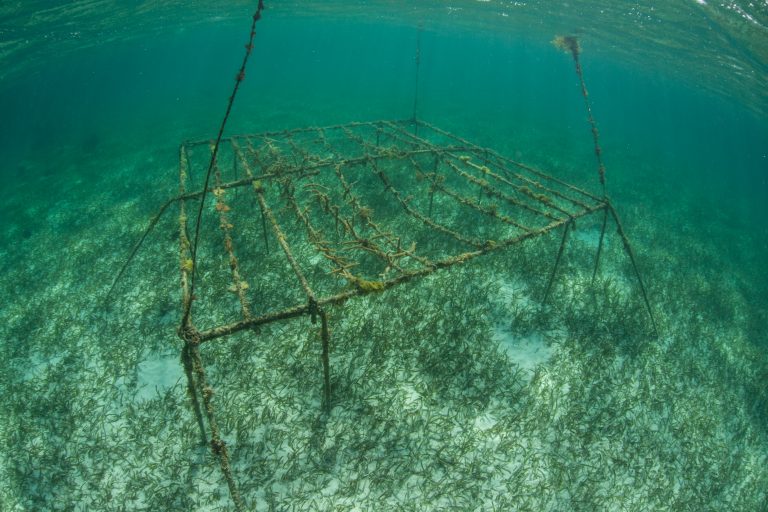

Since the early 1990s, Lally LLC coastal engineering personnel have collaborated with biologists, landscape architects, dredging and marine contractors, federal and state agencies, Tribes, First Nations and environmental stakeholders to construct numerous types of aquatic habitat restoration and enhancement projects. Examples include restoration of coastal wetlands along the Gulf of Mexico, seagrass beds in the Caribbean Sea, and salmon spawning, nursery, and rearing habitat in the Pacific Northwest and Alaska. And to protect constructed and existing coastal zone and freshwater habitats, we apply coastal engineering and dredging expertise to the restoration of headland beaches, barrier islands, and nature-based shoreline erosion control structures.
From concept through installation, Lally LLC can prototype, engineer and oversee construction of habitat restoration for a range of high- and low-energy sites. Nature-based Engineering, incorporating habitat-conducive components and geometries into marine structure design to promote properly functioning (sustainable) natural processes, enhanced ecosystems and recreational benefits, is a specialty of Lally’s for over three decades. Also known as Bioengineering, Green Shorelines, Building with Nature, or Engineering with Nature ®, we have wide-ranging experience with pure green and green-gray nature-based solutions and find creative ways to apply these concepts across an expanding range of coastal infrastructure and shoreline protection projects.
The types of Habitat Restoration and Nature-based Engineering projects Lally LLC can engineer, and construct include;
- Living Shorelines
- Beach, Barrier Island and Dune Restoration
- Wetlands and Back Bays
- Intertidal Habitat and Nearshore Reefs
- Offshore Detached Breakwaters
- Entrance Channel Jetties
- Groin Fields
- Riparian Wave Buffer TM
- Fish Spawning Benches
- High Energy Riverbank Erosion Control
- Artificial Reefs
- Green Marina and Port Facilities
- Docks, Piers, and Quay Walls
- Cellular Cofferdams
- Sand Filled-Geotextile Tubes
- Wave Attenuators
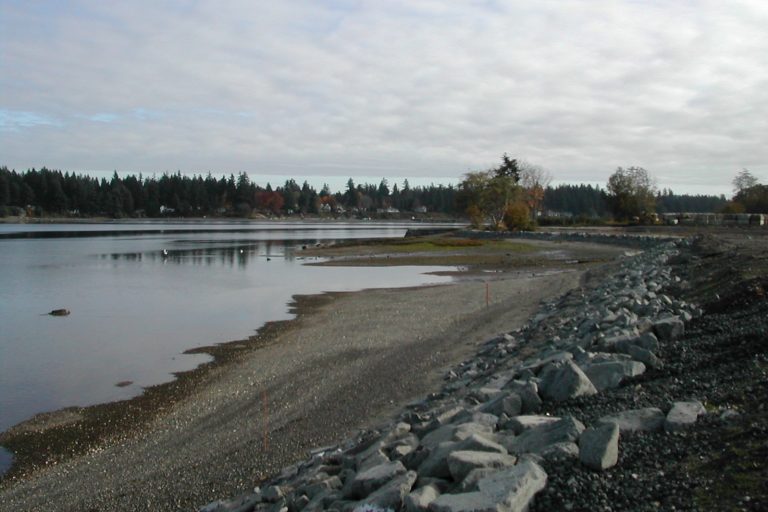
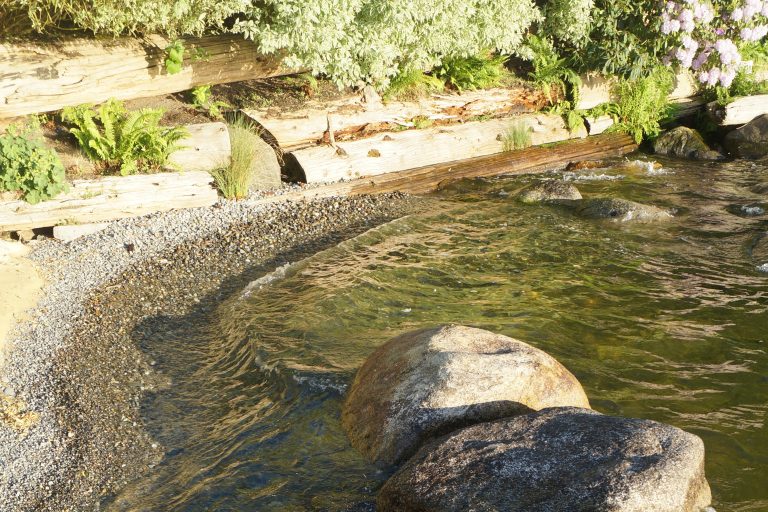
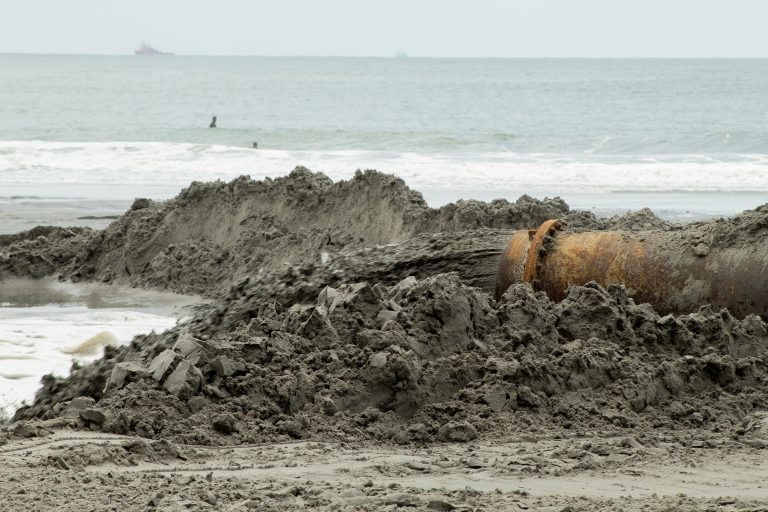
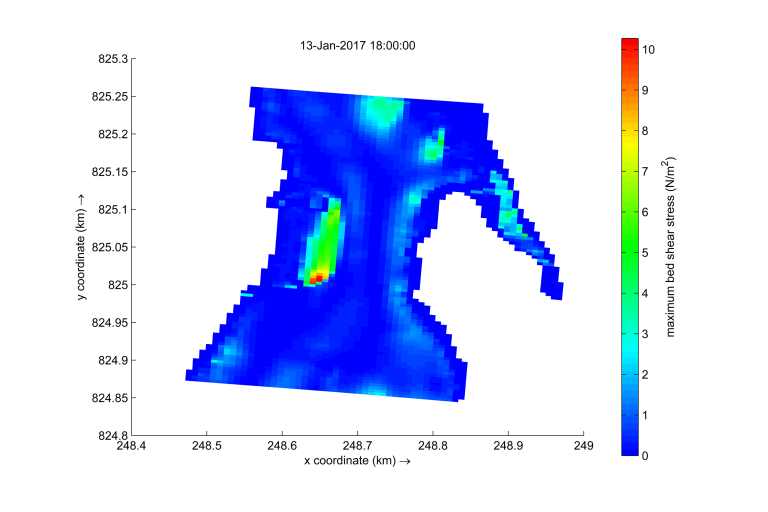
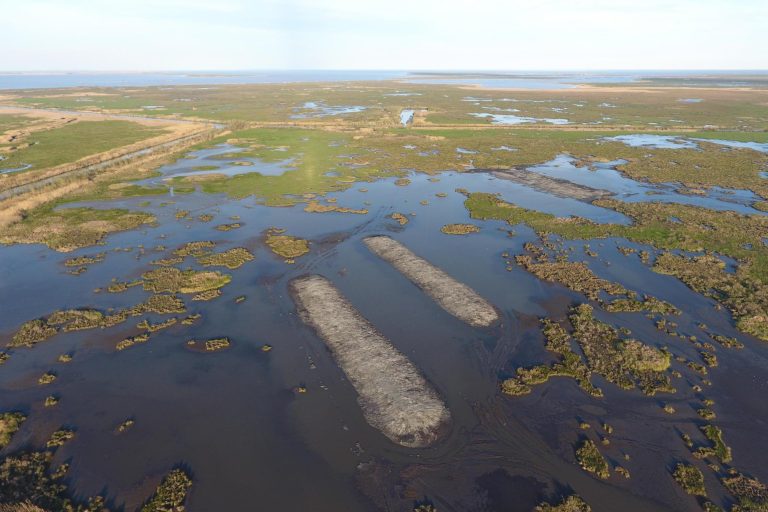
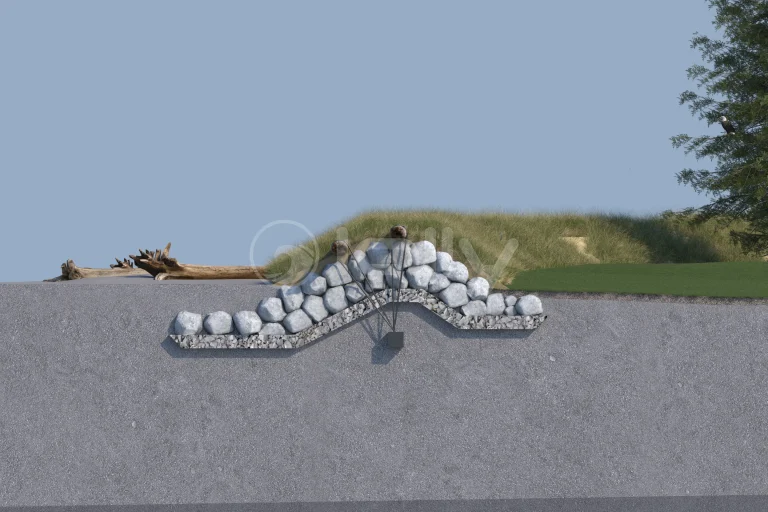
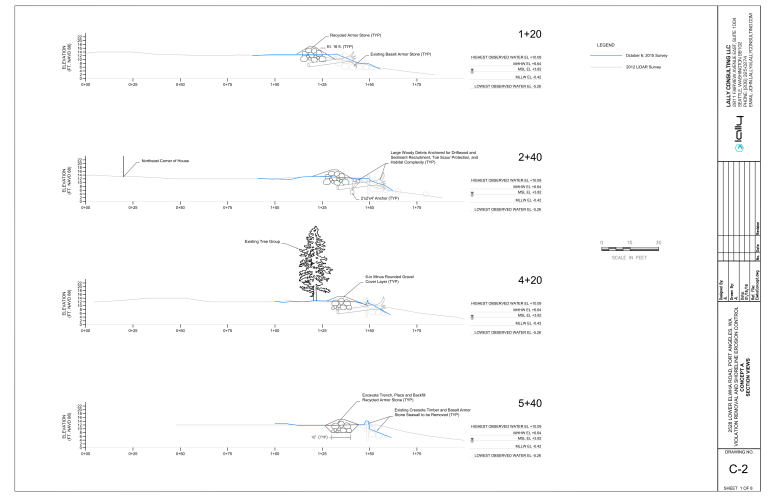
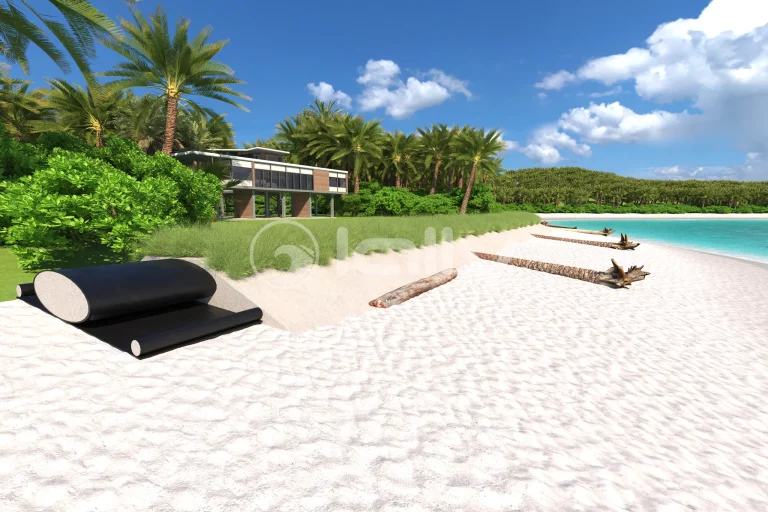
Lally LLC coastal engineering personnel have been leading integrated remediation and ecosystem restoration projects since the 1990s, transforming contaminated sites into functional subtidal and intertidal aquatic habitats. In protecting and enhancing critical wildlife habitat, we have also found ways to incorporate passive recreation, tribal fishing and public education opportunities on these projects.
The types of Ecosystem Restoration services we offer for industrial and contaminated sites includes:
- Site Characterization
- Feasibility Studies
- Conceptual Site Model
- Vessel Traffic Analyses
- Topographic & Bathymetric Surveys
- Subsurface Investigations
- Geotechnical Sampling and Analysis
- Sediment Remediation Engineering
- Dredging and Capping
- Enhanced Natural Recovery
- Nature-based Shoreline Erosion Control
- Submerged Aquatic Vegetation
- Fish Substrate Sizing
- Mapping and Visualization Services
- Plans and Specifications
- Procurement Support
- Cost Estimates
- Project Management
- Construction Oversight
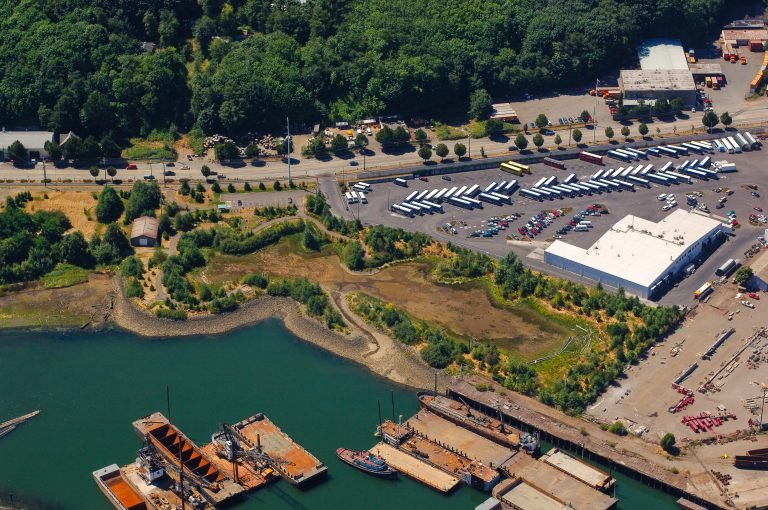
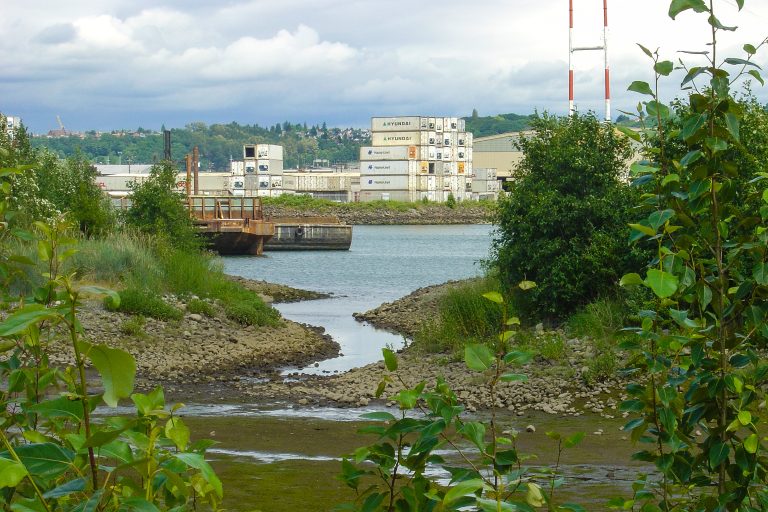
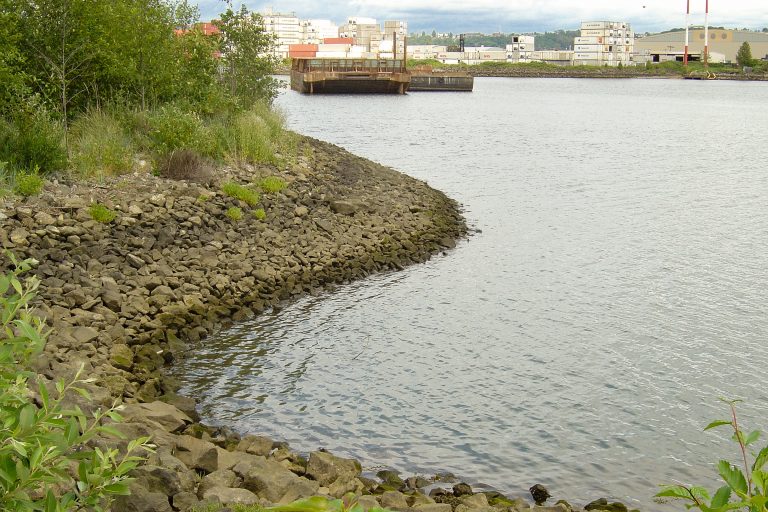



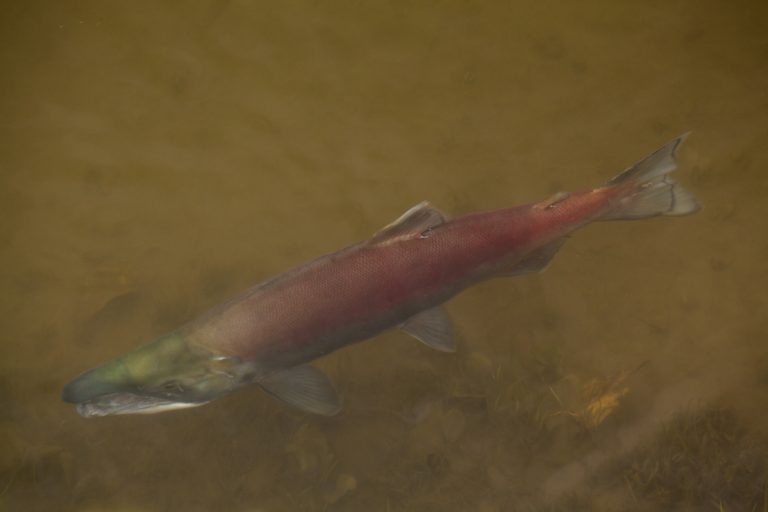
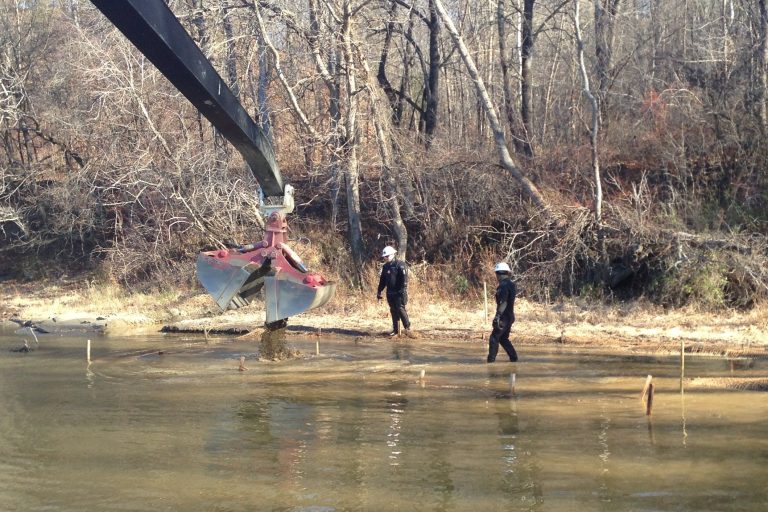
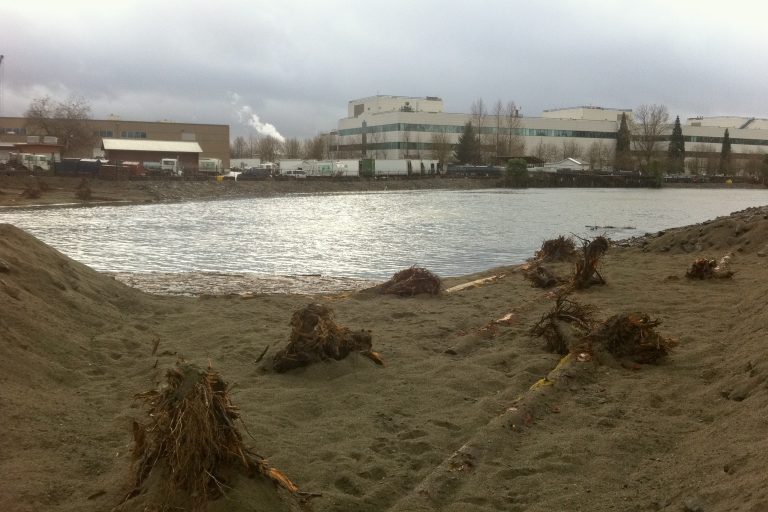
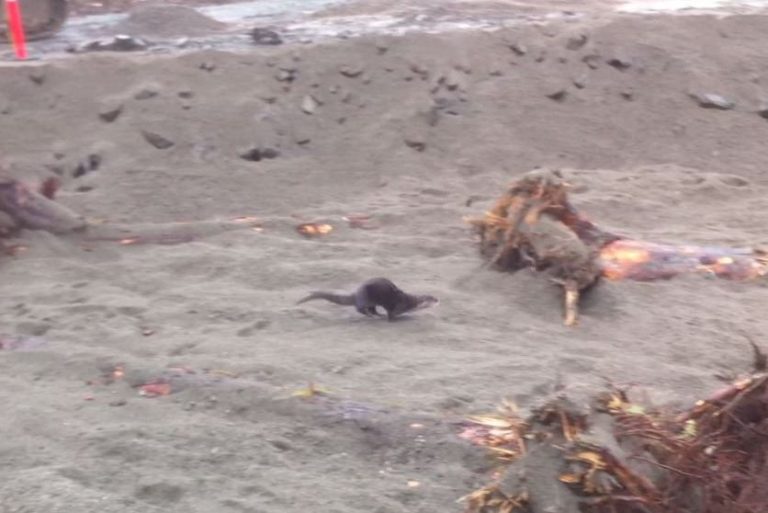
As a result of human activities like vessel groundings and pollution runoff, the degradation and loss of seagrass beds is an increasingly common phenomenon.
Seagrass beds provide a wide variety of ecosystem services. Among their most important functions, seagrasses create habitat and shelter for juvenile fish and invertebrates. Over 20% of the world’s most popular commercial and sport fish use seagrass beds as nursery areas.2 Seagrass beds also absorb carbon dioxide, which combats climate change; and release oxygen, which improves water conditions, especially for marine mammals. Further still, seagrasses slow water velocities, which leads to beneficial sediment accretion, and their root network promotes sediment stability and coastal resiliency.
In the 1990s Lally was requested to assist the U.S. National Park Service (NPS) in developing a restoration strategy for major seagrass bed damage caused by commercial and recreational vessel groundings in Biscayne National Park, Florida. Through local reconnaissance and investigation of the types and extent of scour damage, Lally developed several seabed restoration approaches, ranging from shallow-draft excavator with clamshell placement bucket, to use of super sacks and manual placement.
Lally developed production and cost estimates for the approaches, and technical memoranda summarizing best construction practices for the NPS’s restoration efforts. Since the early 2000s, these approaches have been implemented and proven successful in cost-effectively repairing seagrass beds with limestone substrate to pre-existing grades. The NPS has expanded their restoration efforts and developed several successful approaches for growing and replanting seagrasses, their fertilization and long-term monitoring.


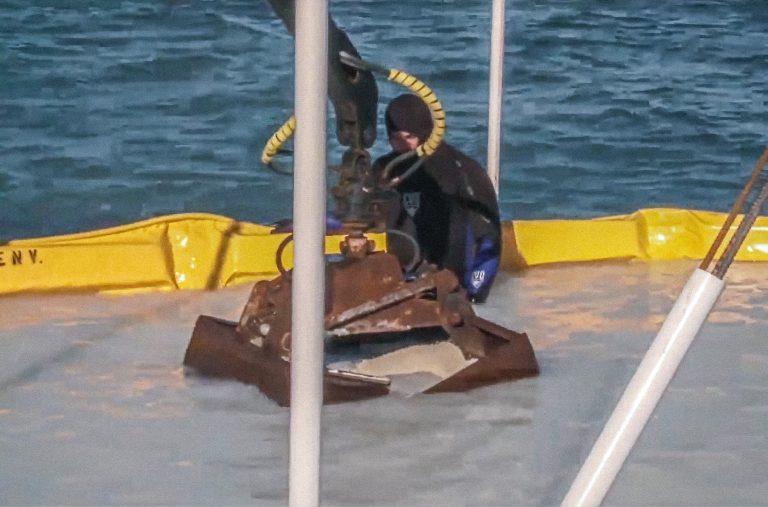
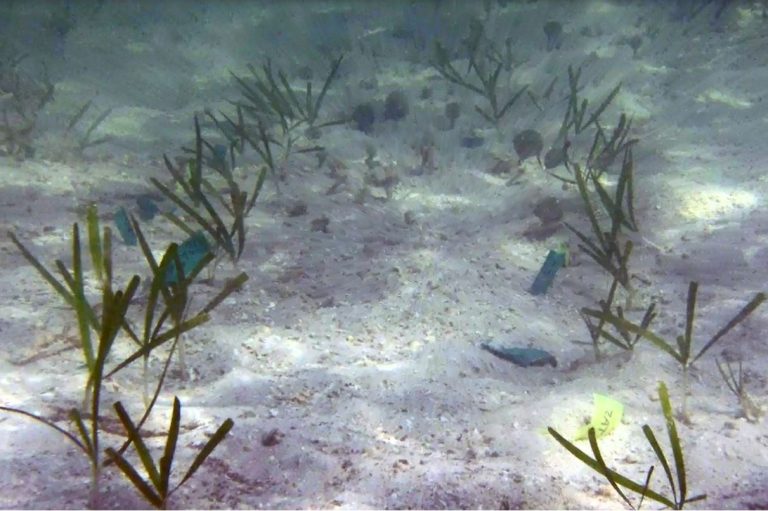
Coral reefs provide a wide range of ecosystem services, including food security, cultural resources, and variety of economic benefits, which contribute about USD $10 Trillion annually to the global economy. Corals also provide habitat for fish and other marine species and protect coastal infrastructure from wave-induced erosion.
Global coral damage and loss is driven by several factors including changing water temperatures and weather patterns, ocean acidification, invasive species and physical impacts from ship groundings and storms. As a result of these stressors, the world has already lost 30-50% of its coral reefs. Without intervention and restoration, extinction of tropical coral reef ecosystems is possible by the end of this century.3
Saving and restoring the world’s coral reefs will require several different approaches but focuses on planting nursery-grown corals back onto reefs. It is labor-intensive, slow and, therefore, costly work.
An important part of the coral restoration process is ensuring the site substrate is suitable for natural coral growth. Applying coastal engineering, and marine equipment design and construction optimization experience, Lally LLC personnel are working on ways to improve the efficiency and scale at which coral reef restoration activities occur, so that meaningful progress can be made.
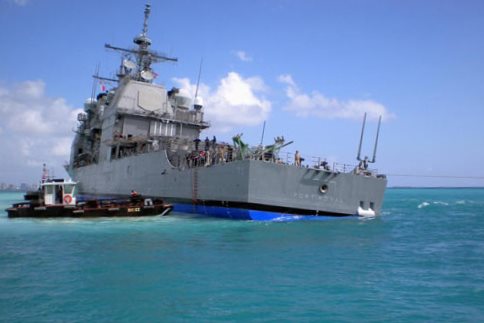
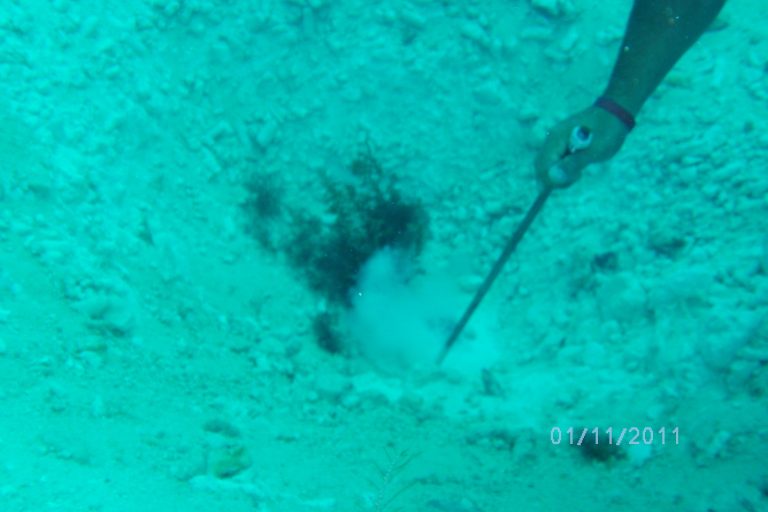
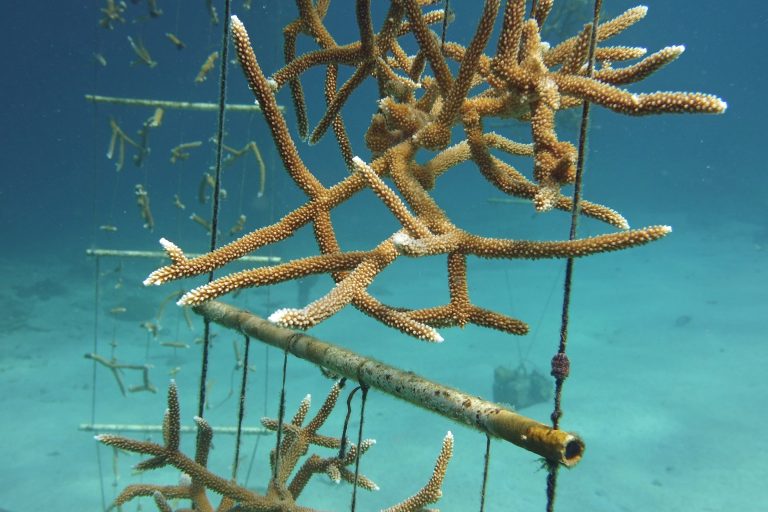
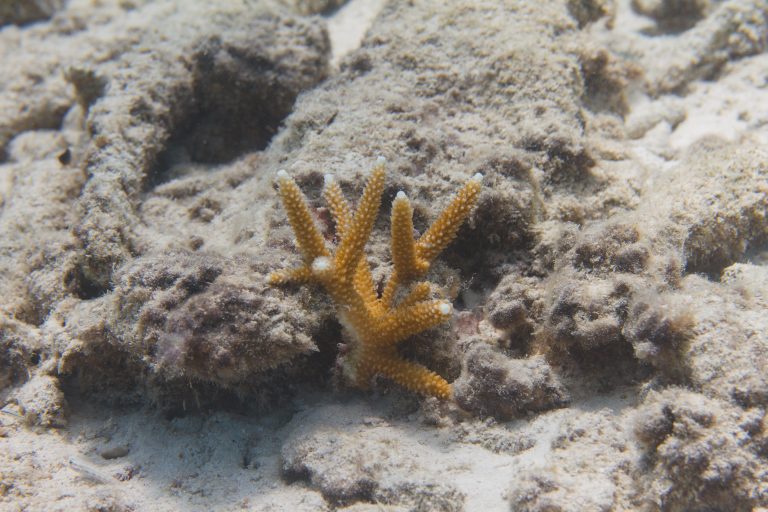
Lally LLC has extensive technical and operational experience with the equipment and construction approaches employed to install marine and freshwater habitat restoration projects.
Specific construction-phase experience we offer to the aquatic habitat restoration sector includes;
- Procurement Support
- Contractor Coordination
- Construction Oversight
- Imported Materials Sourcing
- Material Conveyance and Placement
- Seagrass Bed Restoration
- Artificial Reef Design, Construction and Installation
- Submerged Aquatic Vegetation (SAV) Planting
- Engineer-Diver and Scientific-Diver Services
- Underwater Remotely Operated Vehicles (ROVs)
- Environmental Monitoring
- Quality Assurance / Quality Control
- Pre-, Progress and Post-Placement Surveys
- Post-Construction Monitoring and Reporting
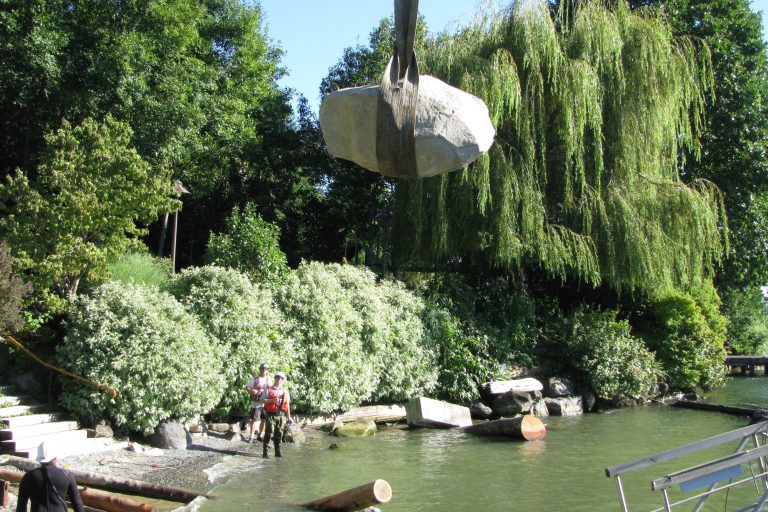

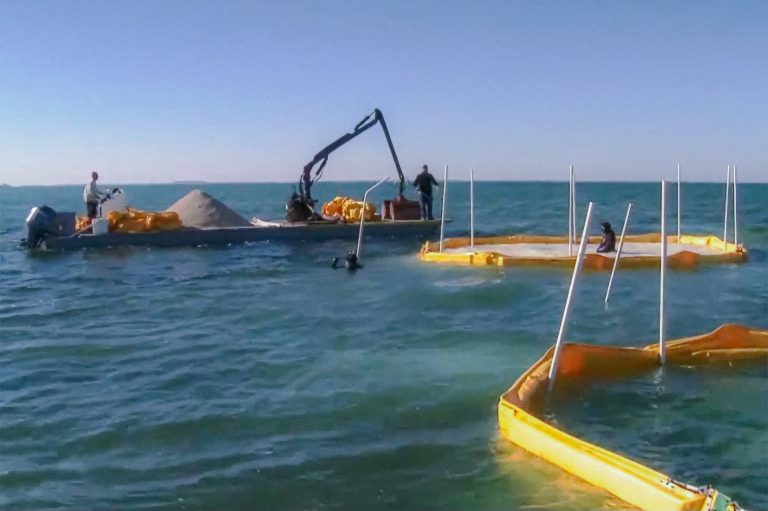
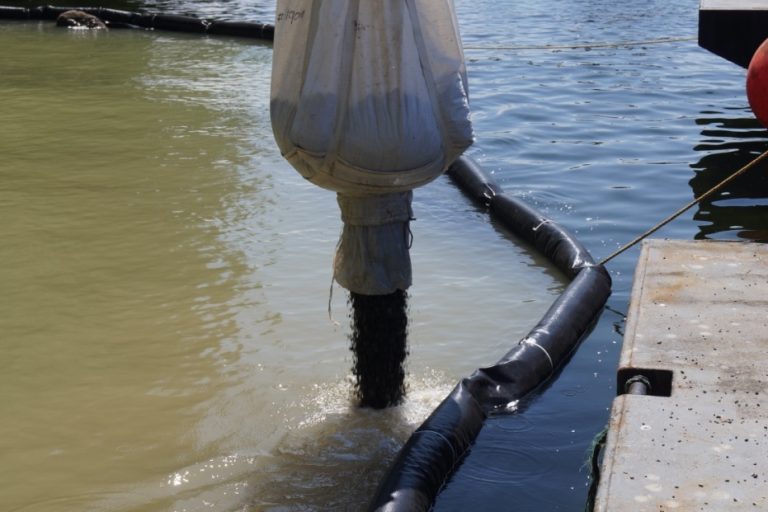
- 1 World Economic Forum, 2020. Half of World’s GDP Moderately or Highly Dependent on Nature, Says New Report.
- 2 United Nations Environmental Programme, 2020. Protection of seagrasses key to building resilience to climate change, disasters – new UN report.
- 3 National Oceanic and Atmospheric Administration, 2019. Habitat Conservation: Restoring Coral Reefs.